I have a room aka cuboid with 4 x 3 x 2.5 meters. In the 3D center is a device under test. To shield against 36kHz electric fields I want to build a Faraday cage.
I learned the hard way that aluminium foil does not really work so I am asking now what is a better material.
Is a 2mm diameter copper wire at all edges worth a try ? It is 7 skin depths thick and the holes (biggest is 4 x 3 meters) are considerably smaller than wavelength.
Is there a better material for this purpose?
